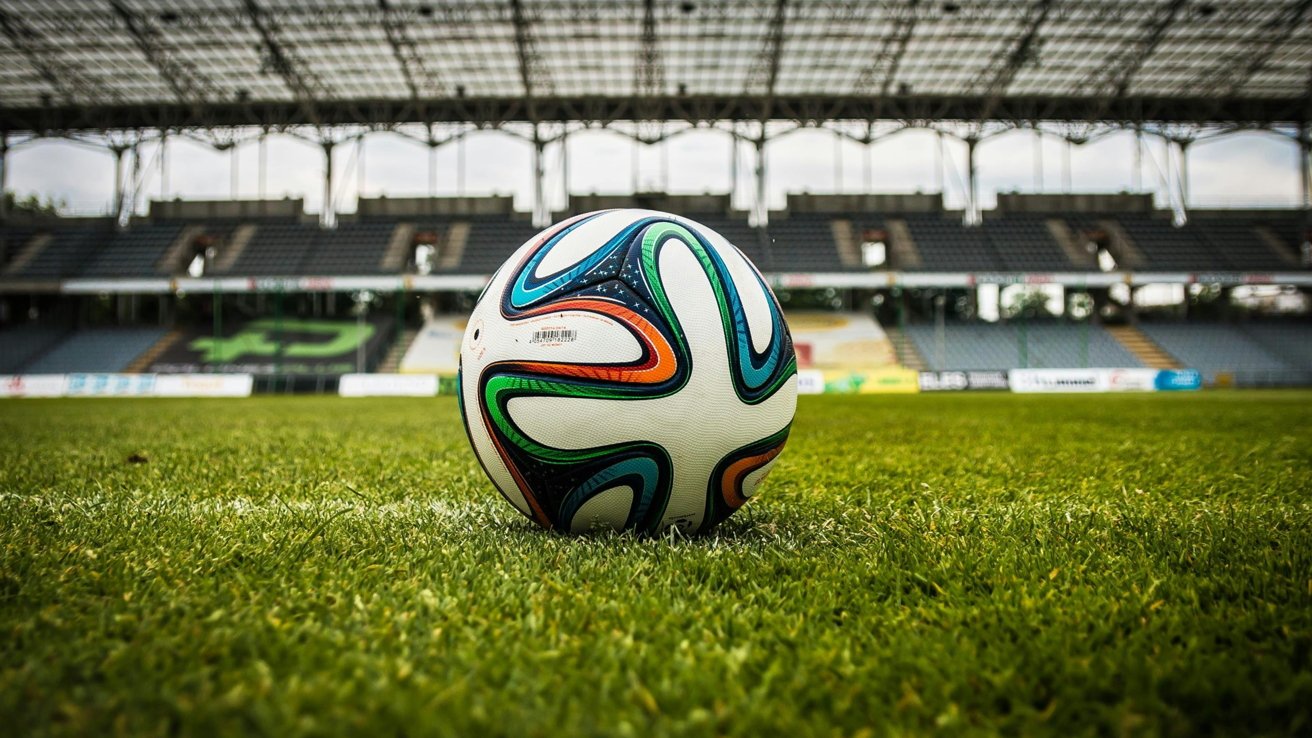Last updated
The English Premier League will be upgrading its existing and widely panned refereeing technology with a new system that will rely on iPhones to ensure soccer players obey the infamous offside rule.
For years, the English Premier League has employed a video-assistant referee (VAR) to check whether players are offside when a goal is scored in high-level soccer matches. The rule, which refers to the position of players when a goal is scored, has been difficult enough to monitor by on-pitch officials, prompting the need for a fourth external official.
While VAR relies on an official watching positioned cameras and theoretically should solve the monitoring issue, it hasn’t been ideal. Its limitations, including delays and errors, has made it a hated part of modern soccer.
To avoid the problems VAR has, the League is bringing out a new system for the 2024-2025 season. Referred to internally as “Dragon,” Wired reports the system will center around the iPhone.
Using dozens of iPhones around the pitch, high frame rate video will be captured and fed into a software tool, which will allow the smartphones to work together. The video is processed by the system, and can then identify the positions of players.
Pitchside viewers
At least 28 iPhones will be used in every Premier League stadium, with the built-in cameras of the iPhone 14 and newer models being used. Each waterproof housing contains up to four iPhones, as well as fans and a power source, and are positioned at key points around the pitch.
It’s claimed the system could be easily scaled up, depending on the future needs of the game. If more data is required about certain parts of the pitch, more cameras could be deployed to collect it.
The result is a system that can track between 7,000 and 10,000 points on each player throughout the match. By contrast, previously employed systems could measure 30 to 50 data points on a player.
It is claimed that the system is able to mitigate the occlusion problem, when parts of a player are not able to be seen by any of the positioned cameras due to other players on the field and stadium geometry. Part of this is that the system will capture up to 200 frames per second, beating the 50 or 60 fps rates of broadcast cameras used for VAR.
Mean machine
It’s even expected that the system will be able to detect upcoming events, such as a potential offside call. When these are detected, the frame rate can be scaled up for nearby cameras to cover the moment and increase accuracy.
The software driving it all is based on machine learning. Based on the work of Genius Sports on capturing movement in the NBA, the system was trained on several seasons of soccer footage to learn when offside should be called.
While AI will make a call based on what it detects for itself, it won’t make the decision official for a match. Instead, a human will continue to monitor and make the final match-impacting call.
Tested, but needs validation
Following the use of VAR, it’s likely that soccer fans will be wary of new technology being introduced to the game. However, Genius and the EPL believe it’s gone through enough testing.
This has included validation by FIFA, which used players in a more traditional motion capture system being monitored by the system and the data sets compared. The Premier League is certainly satisfied with its accuracy.
“We are confident that by using the newest and most accurate technology available we will see the time taken for offside decisions reduced significantly alongside a consistent application of the offside lines,” said Premier League Chief Football Officer Tony Scholes.
Even so, football followers probably won’t have confidence in the system until they see it in action and working properly.




